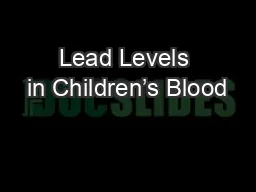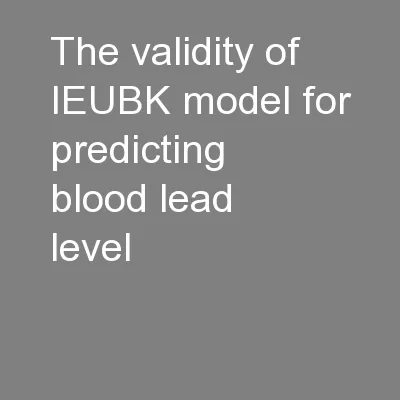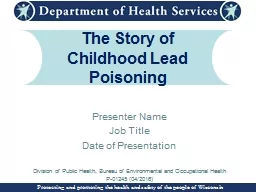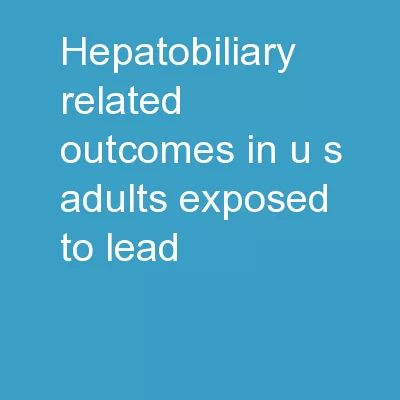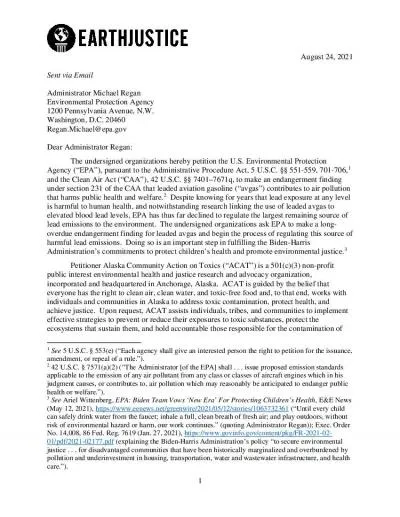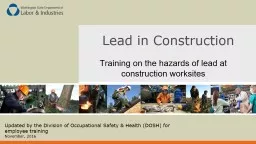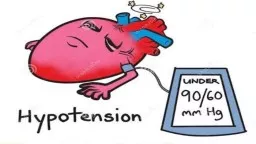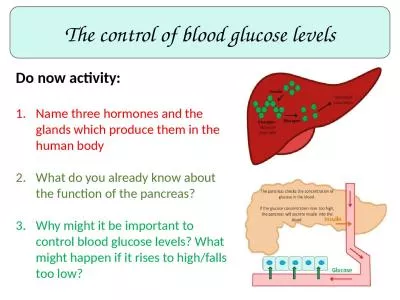PPT-Lead Levels in Children’s Blood
Author : jane-oiler | Published Date : 2018-11-28
Flint Michigan Four phases of the Flint Water Crisis Evidence from blood lead levels in children Sammy Zahran Shawn P McElmurry Richard C Sadler Environmental
Presentation Embed Code
Download Presentation
Download Presentation The PPT/PDF document "Lead Levels in Children’s Blood" is the property of its rightful owner. Permission is granted to download and print the materials on this website for personal, non-commercial use only, and to display it on your personal computer provided you do not modify the materials and that you retain all copyright notices contained in the materials. By downloading content from our website, you accept the terms of this agreement.
Lead Levels in Children’s Blood: Transcript
Download Rules Of Document
"Lead Levels in Children’s Blood"The content belongs to its owner. You may download and print it for personal use, without modification, and keep all copyright notices. By downloading, you agree to these terms.
Related Documents

